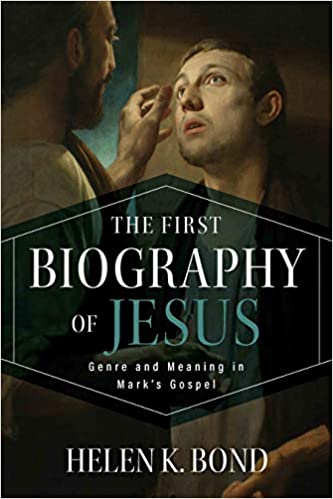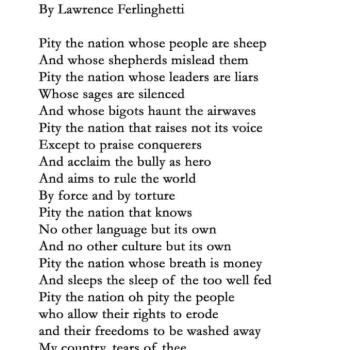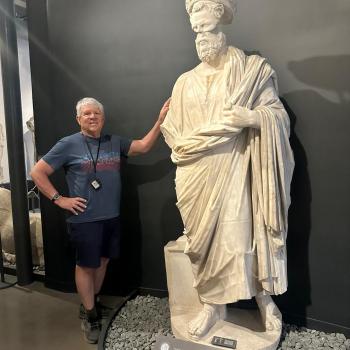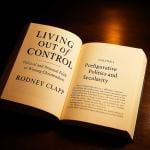BEN. In the wake of the work of Richard Burridge and others, what was it that prompted you to write this book now? It must have taken a considerable period of time to do this book as it reflects a lot of detailed and helpful interaction with classics and ancient historical scholars. What fresh contribution do you see it making to an already ongoing discussion?
HELEN:
What prompted me to write the book in the first place was actually my work on the historical Jesus. My previous book had been on the historical Jesus in Bloomsbury’s Guide for the Perplexed series (2012) and I wrote a shorter one for SPCK in 2017 (Jesus: A Very Short History). The more I worked on the historical Jesus, the more I realized that what passes for the Jesus of the 30s CE is actually something very similar to Mark’s Jesus. There are of course very good reasons for this – scholars rightly privilege Mark as our earliest source. But there’s also the problem that 40 or so years have passed between Jesus’ death and Mark’s work, and the clear literary and rhetorical themes that permeate the gospel – both of which need to be taken very seriously. I started to wonder about what kind of book Mark thought he was writing. Was historical accuracy even remotely important to him? What were his earliest audience expecting from his work? And how did he go about his craft? I knew that scholars like Richard Burridge and David Aune had done a great deal to establish the current consensus that the gospels are bioi, but no one as far as I could see had answered the ‘so what?’ question. That’s to say, What difference does it make to say that Mark is a biography, rather than anything else? And if genre is important (as all the people in the debate from the 70s onwards had maintained), how does it affect the way that we read Mark?
So that was the task I set myself – essentially to find out how Mark’s earliest audience would have understood his work on the assumption that it was an ancient biography. The book took me a long time to write – probably around seven years in total! The reason was that I felt I knew so little about ancient biographies and wanted to understand them as much as possible. I set myself not only to read all the ones I could get my hands on but also to read at least two pieces of secondary literature on each, just so that I was sure of what Classicists were saying. I was helped enormously by the fact that biographies have been enjoying a certain popularity amongst Classicists for a few decades now. No longer are biographers seen as failed historians but as serious, creative authors in their own right. Tomas Haegg’s excellent book The Art of Biography in Antiquity (CUP, 2012) was a tremendous resource too.
As for contribution, I hope that people will read the book and see that interpreting Mark as an ancient biography helps to put many things into perspective – things that might otherwise strike us as rather odd. I think it makes sense of the rather flat characterization that we get in the gospels (this was a feature of bioi), of Mark’s particular structure with the topical arrangement of the earlier part followed by the chronological account of the hero’s death (again, not uncommon in biography), of Mark’s episodic narrative and fondness for juxtaposition (which I came to see as utterly vital to understanding the work), of the apparently harsh characterization of the disciples (who function as foils to the central character), and the link between Jesus’ central body of teaching and his death. I could go on, but I suspect you’re going to ask about some of these later . . .













